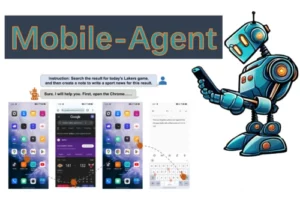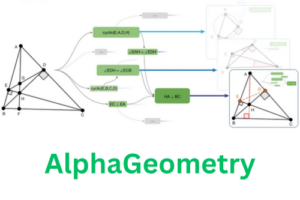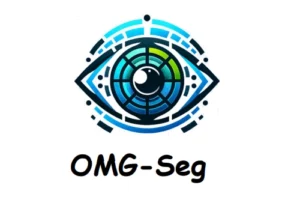EasyTool has the ability to turn chaos into clarity which transforms the jumbled information into a smart assistant. Researchers from Fudan University, Microsoft Research Asia and Zhejiang University presented this framework. The framework is not officially presented by Microsoft but is an effort by Inter Jiangjie Chen while interning there.
The framework takes user manual or tool documentation as an input and generate output in the form of easy, clear and useful set of instructions.
Why EasyTool?
EasyTool is a framework that turns complicated instruction manuals into organised forms, picks out important information from every manual and turns it into a simple and unified set of instructions for each tool. So, instead of reading and understanding piles of confusing documents which might be long and use redundant words now we can use EasyTool which helps to understand and use the tool more efficiently.
How EasyTool Works?

The above mentioned example of EasyTool is turning simple instructions into concise, unified and effective instructions. The process of this framework consists of two steps. In the first step, the extra and unnecessary information is removed while keeping the only necessary information of tools’ functionality. Clear instructions are provided to the Large Language Models (LLMs) to follow. In the second step, specific instructions are given for each tool. LLMs are asked to add necessary details and optional parameter for each tool. Through this, LLMs improve the tools documentation turning it into more user-friendly and informative.
EasyTool has the ability to filter important information from varied and long documents of different tools. It creates a simple and common set of instructions that makes the tool works without reading diverse and lengthy manuals.
A great challenge with current tools documentation that make it difficult for Large Language Models (LLMs) to use effectively are inconsistency, redundancy and incompleteness. These documents have too much information and sometimes this information is not clear, so it is tough for such a framework because there are too many tools from a wide range of domains.
To cater all these issues, EasyTool was introduced which is an easy and quick method to create instructions which are unified, clear, structured and easy to understand. It is so flexible that it can be embedded in any other Large Language Model (LLMs). From extensive experimentation it is clear that EasyTool is works efficiently and effectively compared to other tools utilisation in Large Language Model (LLMs). The code and dataset is available at EasyTool, the research is available at Arxiv and Demo is available at HuggingFace.
Wrap Up!
EasyTool is a powerful in Large Language Models (LLMs) as it takes long, confusing and difficult tool guides and turn it into a simple, clear and useful instructions.
References
Similar Posts
-
Chinese Company DeepSeek Releases DeepSeek-Coder a LLM for Code Generation

-
Alibaba’s Mobile-Agent: A Smart Mobile Assistant

-
Grounded SAM: A Unified Model for Diverse Visual Tasks

-
Gaussian Head Avatar: High Quality Head Avatar Generator

-
Google DeepMind’s AlphaGeometry: Without Assistance Solving Olympiad Geometry Problems

-
OMG-Seg: A Unified Segmentation Model

